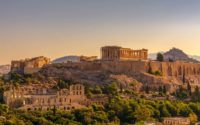Mexico is the new Eldorado for “new age tourists”
Mexico, the new Eldorado for new age tourists in a world in crisis.
Mesoamerican traditions, oriental wisdoms, new age spiritual fusions: one of the most visited countries in the world, Mexico fascinates a special kind of tourists, travelers in search of themselves away from a world in crisis.
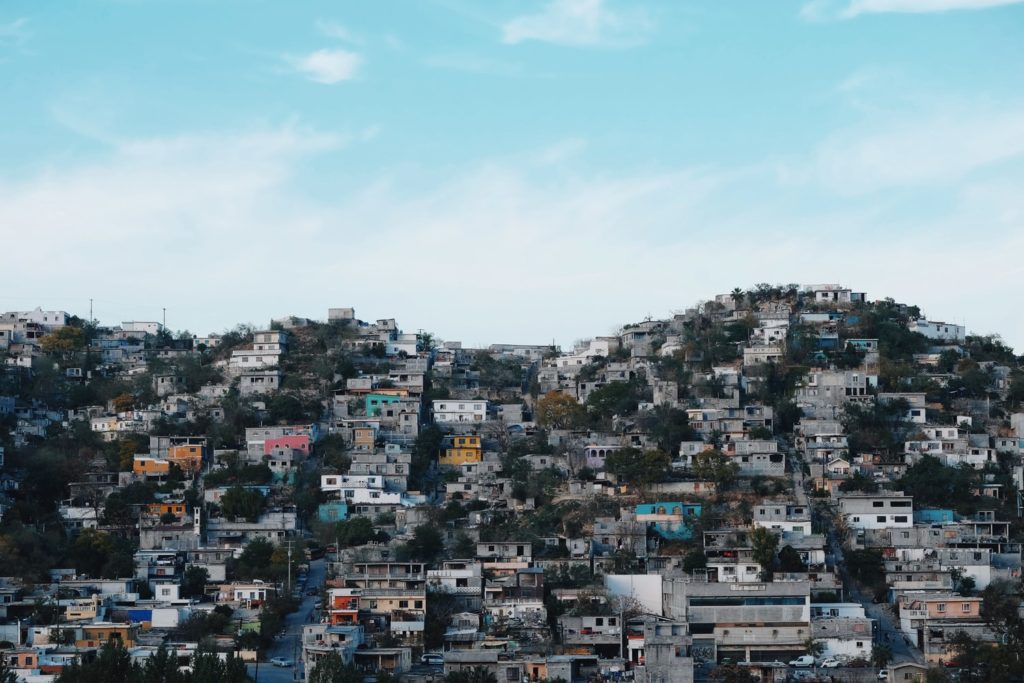
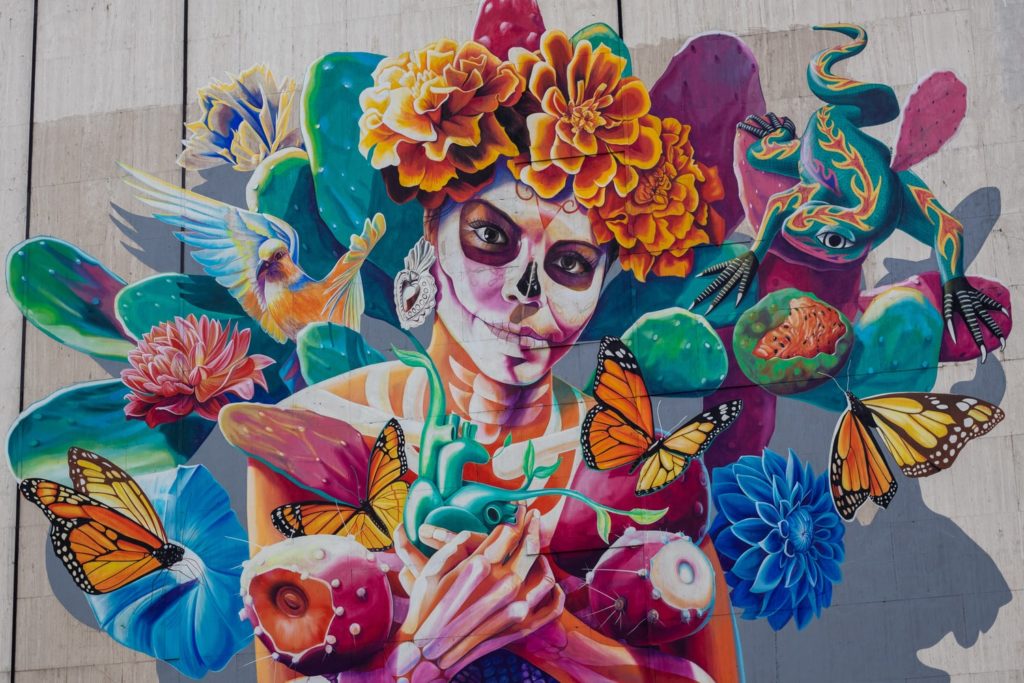
First stop: Tepoztlan. An hour from Mexico City, this beautiful village at the foot of a mountain attracts weekend visitors, artists and intellectuals. The gentle way of life of “Tepoz” and the village of Amatlan also magnetizes Mexicans and foreigners in search of “good vibes”, far from the cities and the anti-Covid vaccines that they reject outright.
“I love the vibes here,” says Ania, a 31-year-old Russian resident who lives at the foot of the Tepozteco mountain range, the legendary home of the Aztec god Quetzalcoatl. “I don’t see much news. I almost live there in the mountains,” adds the young woman, who prefers to know as little as possible about the war in Ukraine. “Here, people are more relaxed, more spiritual. They live celebrating the day of today”, concludes Ania in the good-natured atmosphere of an organic market, to the sound of a folk guitar and a tom-tom.

New age tourism, a new economic niche in Mexico
The zenitude of “Tepoz” has a price. Hotels are more expensive than elsewhere (from 50-60 dollars a night). It is also possible to sleep in “mystical holistic centers”, places of spiritual retreat to practice yoga and meditation.
“Since the pandemic, many people have come to live in Tepoztlan,” says Alizbeth Camacho, of the holistic center “Luz azul” (“Blue Light”). “Foreigners and people from the city (Mexico City) who realized that their energy was going to get stuck in the city.”
Camacho offers her guests “aura photos” to visualize their energy, karma and chakras (about $16).
“Inner journey”
In full revival, new age tourism dates back to the 1970s, when anthropologist Carlos Castaneda sold millions of books recounting the teachings of a yaqui shaman, Don Juan Matus, in the northern Sonora Desert.
Pre-Hispanic traditions also inspired a best-selling personal development book, “The Four Toltec Agreements” by Miguel Ruiz. Hallucinogenic mushrooms also attract these tourists. An American, Robert Gordon Wasson, opened the way in the 1950s by revealing the secrets of a traditional healer, Maria Sabina.
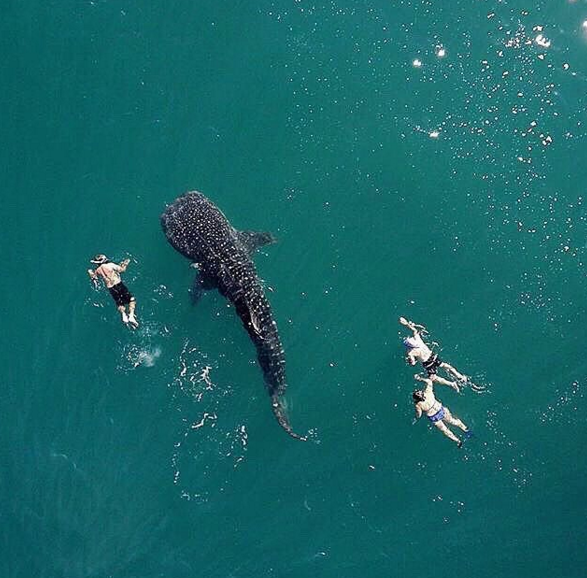
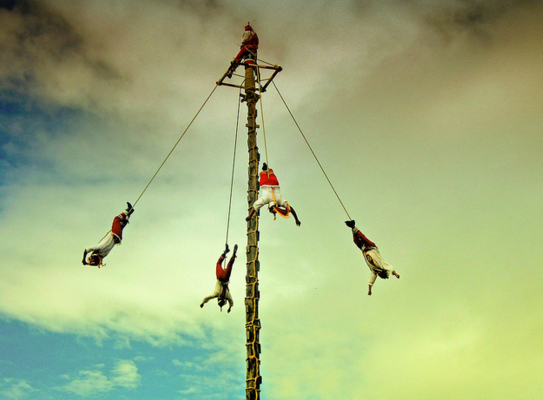
Fifty years after the hippies, the consumption of “peyote” is still negotiated with communities like the Wixareka. Access to artificial paradises is even simpler in San José del Pacifico in the mountains of Oaxaca (south), the state of Maria Sabina. All you have to do is find a “guide” for a “trip” to more than 2,500 meters above sea level, like Pedro Ramirez, who is accompanying four Mexicans and three young foreigners into the mountains.
“This is going to be an inner journey,” he warns as he introduces the mushrooms. “You might be scared at first, but after 10 to 15 minutes you’ll be laughing, and maybe crying a little.” “I’m looking for answers and acceptance after the death of my husband,” explains Araceli Perez, whose physician husband died of Covid in May 2020, before the “journey.” “I want to live and not survive anymore like I think I was doing,” she adds, a week after the hallucinogenic experience, radiant to feel “much better.”
“Letting it all out” in Mexico
Another pre-Hispanic legacy, the temazcal, a kind of Mesoamerican hammam, is also a must for spiritual tourism. Nicolas Lopez perpetuates this rite of purification not far from the Mayan pyramids of Palenque, at the foot of the Chiapas mountains.
Visitors enter a sweat chamber heated by burning stones and dance in the fumes of “copal” (incense) to the sound of a tambourine. “It means something sacred, something pure,” says Valeria Landero, who emerges from the steam room breathless. “It means letting everything out, all the diseases, all the evil, and making pure positive things come to me,” adds the thirty-year-old who came with her husband and 14-year-old daughter.
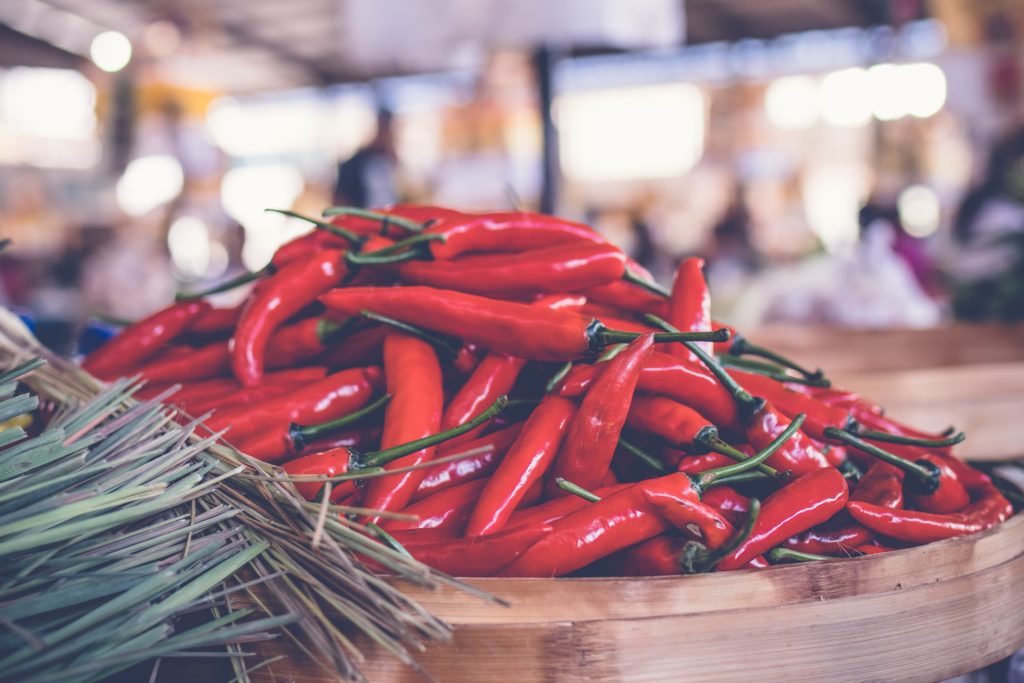
The temazcal wants to “awaken our spirit, our soul”, summarizes the master of ceremony, Nicolas, watching for the arrival of other Mexican, American and Italian tourists, for a service ranging from 16 to 20 dollars per person. Last year, nearly 32 million tourists came to Mexico. Some of them came to learn from the Mexicans the meaning of the verb “sanar” (to heal, to cure).
This website showcases the best hotels in the world.


